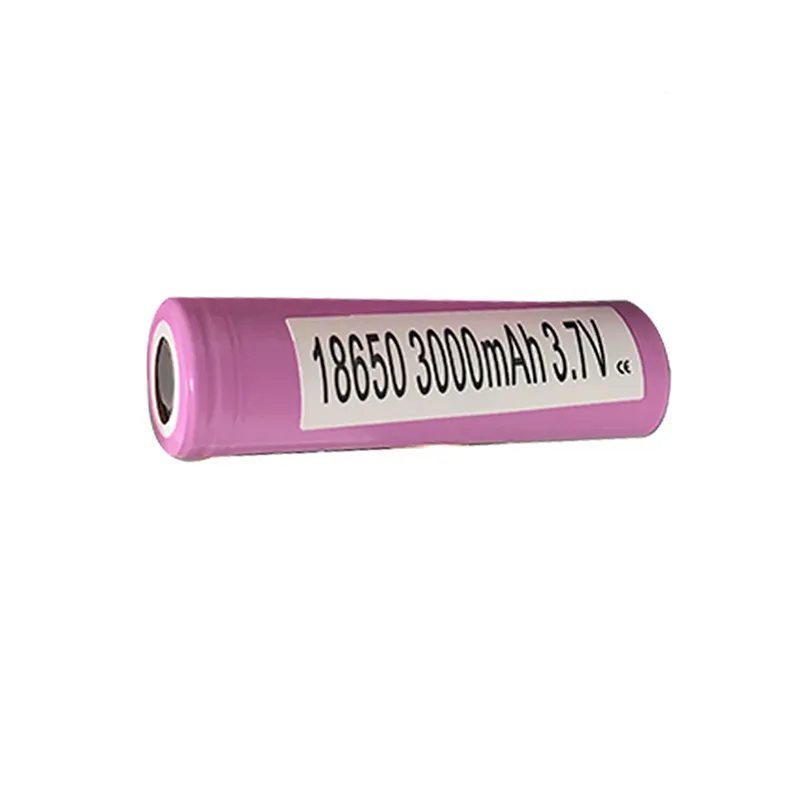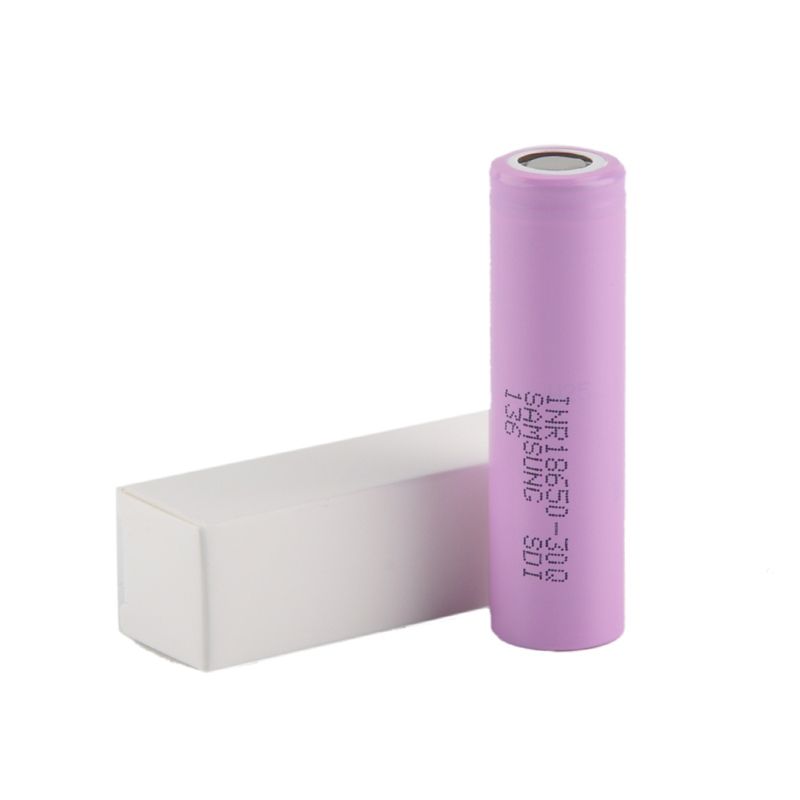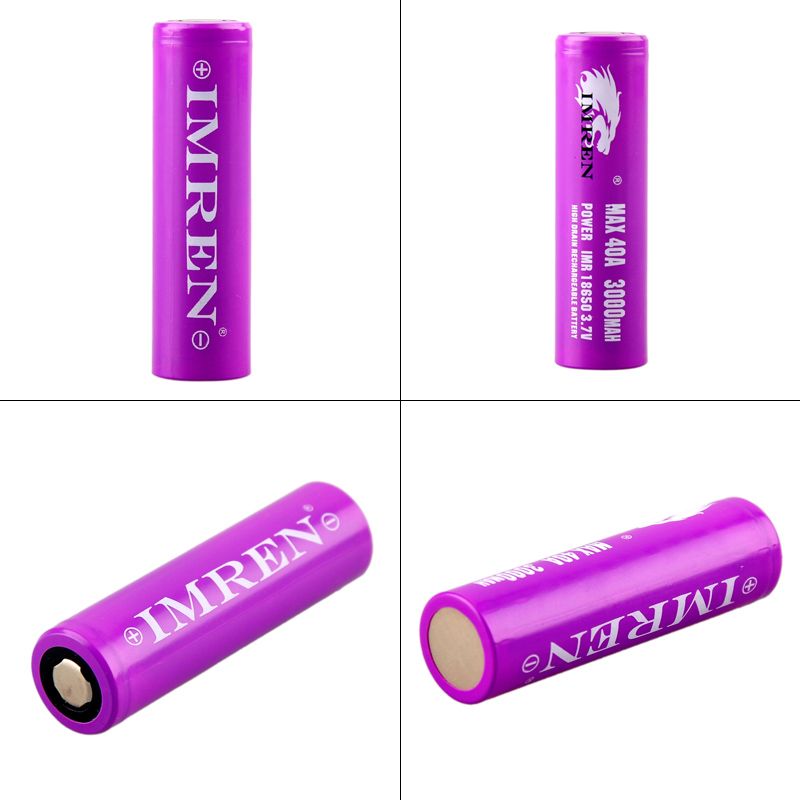The Evolution of 18650 Cylindrical Battery Process Design A Comprehensive Overview
The Evolution of 18650 Cylindrical Battery Process Design: A Comprehensive Overview

In the world of energy storage solutions, the 18650 cylindrical battery has emerged as a cornerstone technology. Initially developed for laptops and portable electronics, the 18650 battery's role has expanded into electric vehicles, renewable energy storage, and various other applications. As industries increasingly rely on battery technology, understanding the process design of 18650 batteries becomes crucial for innovation and performance enhancement. This article explores the key aspects of 18650 cylindrical battery process design, highlighting trends, challenges, and future possibilities.
The 18650 battery designation refers to its dimensions: 18 mm in diameter and 65 mm in height. This promising form factor boasts a remarkable energy density, typically offering 2500 to 3500 mAh, depending on its chemistry. Lithium-ion technology dominates this space, thanks to its high efficiency and longevity. The increasing demand for more compact, powerful, and efficient batteries has spurred ongoing research and development in this field.
The battery production process begins with the careful selection of materials. The anode is often made from graphite, while the cathode can consist of various lithium compounds such as lithium cobalt oxide (LCO) or lithium iron phosphate (LFP). The choice of materials significantly impacts the battery's performance, influencing energy density, charge cycles, safety, and overall lifespan. As manufacturers explore new materials and chemistries, they must balance performance with cost-effectiveness.
Once materials are selected, the manufacturing process involves several critical steps. The first is electrode fabrication, where the anode and cathode materials are mixed with conductive agents and binders to create a slurry. This slurry is then coated onto metallic foils to form electrodes, which are subsequently dried and rolled into cylindrical shapes. Precision in this stage is vital, as any inconsistencies can lead to significant performance variations in the final product.
Following electrode fabrication, the battery cell assembly begins. This process includes stacking or winding the electrodes with separators to prevent short-circuiting. The choice of separator material is crucial for battery safety and efficiency, as it must allow lithium ions to pass through while acting as a barrier to electron flow. Once the cell is assembled, electrolyte—a conductive liquid or gel—is added, filling any voids and facilitating ion movement.
After the assembly, cells undergo formation cycling, a critical step where they are charged and discharged under controlled conditions to activate the materials and ensure proper function. This step not only optimizes the battery's performance but also identifies any defective cells that could compromise safety. Quality control throughout this process is essential, as even minor defects can lead to significant risks, including overheating or failure.
With the production process becoming more refined, manufacturers face the challenge of scaling operations while maintaining quality. Automation and advanced manufacturing technologies are being introduced to enhance efficiency. Techniques such as machine learning and AI are utilized to predict failures and optimize production lines. Additionally, the rise of sustainability considerations has prompted many manufacturers to explore recycling and reuse of materials in battery production, addressing environmental concerns and resource scarcity.
As we look to the future, the landscape of 18650 cylindrical battery process design will likely continue to evolve. Innovations in solid-state batteries, which offer higher energy density and improved safety, are already on the horizon. Moreover, advancements in battery management systems will further enhance the performance and reliability of these cells. The ongoing research in alternative anodes, such as silicon-based materials, promises to unlock even higher capacities.
In summary, the process design of 18650 cylindrical batteries reflects a comprehensive blend of material science, engineering, and quality control. From material selection to cell assembly, every stage in the production chain plays a vital role in determining the battery's performance and safety. As industries push for better energy storage solutions, advancements in this technology will be instrumental in shaping the future of transportation, renewable energy, and beyond. The journey of the 18650 cylindrical battery is one of innovation and evolution, illustrating the immense potential of battery technology in our increasingly electrified world.

